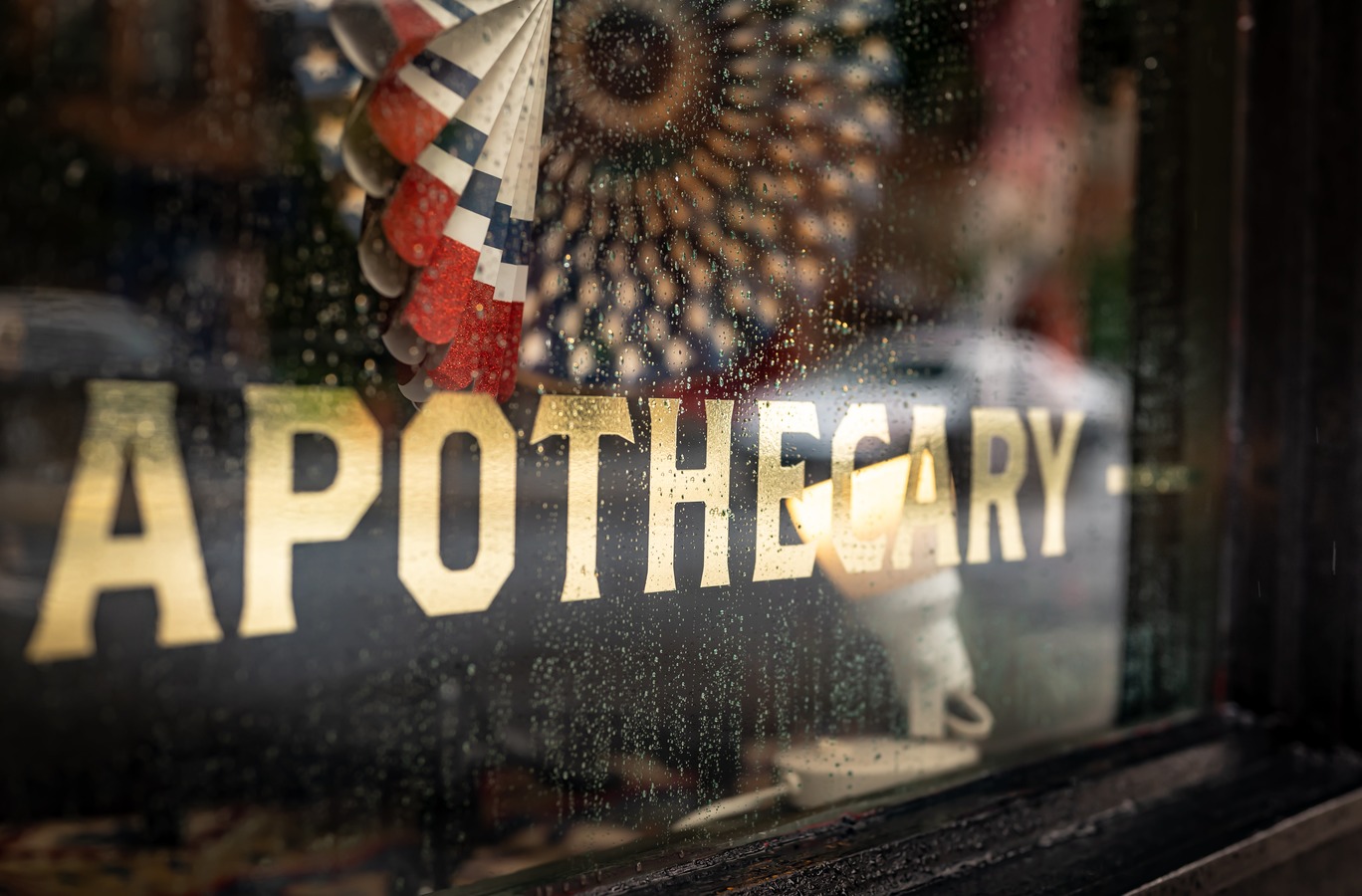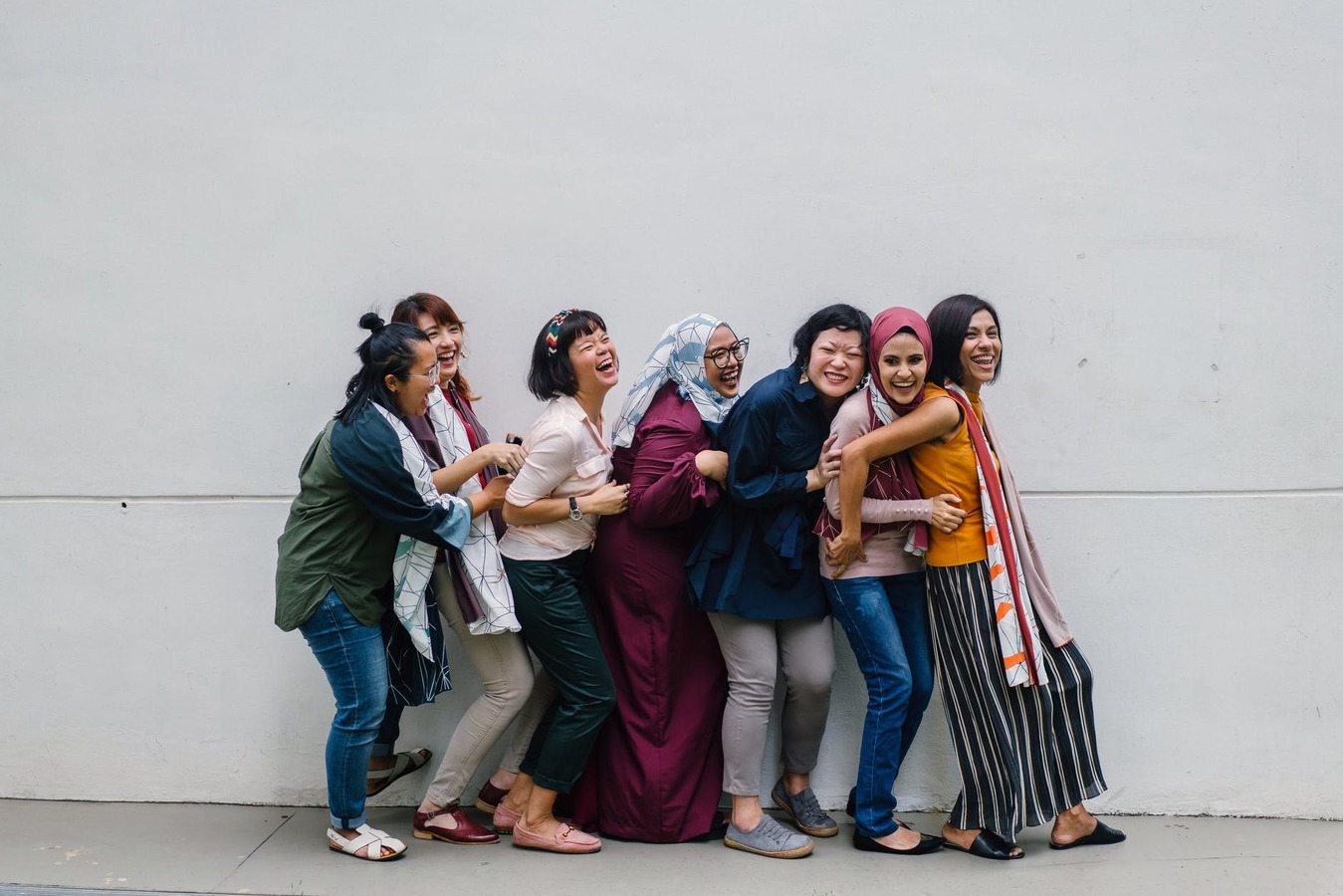Food and sex – two appetites we’re told to control but what happens when we don’t? This was the strap-line for my 2018 novel, Appetite. I wove the stories of three people together to talk about food, sex, adultery and change. Five years on from starting it, and having done work over the last six months on my own disordered eating, I’m seeing new connections between the ways in which dominant social structures try to control and contain our relationships with each other as well as food.
This essay focuses on the intersection of diet and monogamy culture and the ways in which the two operate within a social, cultural and political framework that is coercive and dominating as well as restrictive. I hope to demonstrate how we can begin to unlearn the rules we’ve been taught about food, relationships and sex/pleasure as well as how we can learn to tune into our own unique and intuitive appetites and desires.
Diet culture
Diet culture is the way in which bodies are policed and controlled, with thinness set as the gold standard for all. One of the key foundations of diet culture is that appetite is something which cannot be trusted. This mistrust often starts when we’re young – a parent can misunderstand or ignore hunger cues as well as police the eating behaviour of children, dictating that certain foods are good and certain ones bad. This is not always about fatty and sugary foods. I experienced family who, when my own children were small, believed that serving water with a meal was a “bad idea”. Diet culture encourages all people to strive to attain a certain, currently fashionable look, rewarding this who do and pathologising an/or punishing these who do not.
Our bodies are “meant” to look a certain way and so food is often restricted with certain foods labelled “bad” and others “good”. Many of us have been taught (and have internalised) all sorts of rules about food and hunger that are often unhelpful as well as encouraged to consume things that impact on our ability to tune into that hunger, things such as soft drinks and sweetener based drinks.
The diet industry is big business (worth £2bn in the UK alone) and media/entertainment is an even bigger one (£68bn). The latter feeds off the former by showcasing adverts as well as promoting idealised and unrealistic body images as standard. Too many of us try to force our bodies to match these ideals. Bodies are diverse and unique but getting to a point where you can really understand this deep down (and maybe even learn to embrace it) is often challenging. We have to accept the power of culture – they who swim against the tide know the force of it.
Monogamy culture
Monogamy culture is the way in which a monogamous relationship is the, often unspoken, default in terms of romantic and sexual connections. Some features of mono-normativity and monogamy culture are: not talking about what monogamy means to you, feeling like you shouldn’t have to talk about what these ideas mean to you, that they are just known, not feeling able to express desires and wishes outside of the connection for fear it means the other person is “not enough” or that you’re “greedy” feeling that way of they express or exhibit desires outside of your connection, the idea that there’s one person who can and will meet all your emotional and sexual needs and that romantic relationships should be centred over and above all friendships.
Monogamy culture begins at home for most of us as we absorb the message of the couple from our upbringing and the baby books and fairy stories which still tend to dominate early exposure to this idea. It is reinforced by media and society as we grow. We are bombarded, at the cinema, on the TV and from the pages of a book, with ideas of “the one” or, increasingly, about any other form of connection style being chaotic, selfish just plain wrong/weird or something you ”experiment” with before returning to “the one true way”.
Solo sex is still stigmatised. Solo or aromantic/asexual living or a focus on friendships/self work is increasingly talked about but is still often seen as problematic. As before, these stories are all affected by gender, sexuality, race and class. How would we see a man who chooses to study and live alone in comparison to a woman? How about an Asian woman who identifies as solo poly or non-monogamous? Men are often taught that they WILL desire many partners and/or lots of casual sex so how does that feel to someone who is asexual or monogamous?
Consent, choice and permission
The idea of consent comes into play here too. Consent is the agreement to do something, it can mean self-consent or relational. Many people see enthusiasm as key, we need to have an emphatic yes to something to make it truly consensual. The absence of that enthusiasm can make any agreement seem more than a little coercive.
Our culture is highly coercive. It uses social and cultural control as well as the internalised control that is often a result of familial dynamics within these cultures as well as the interplay between the two to manage our unruly bodies and beings. It rewards those who adapt and punishes or pathologists those who do not.
Choice is important. The sense of agency in one’s life and actions. But how much choice do we have when so much of what we do and think we are able to do is defined for us by external forces and by our own own hyper-vigilant internal monitoring? How we eat and relate is often dictated by unconscious beliefs and values. We need to take the time to notice and reflect upon our actins and feelings and then we can begin to make the changes we would like to see.
These themes of greed and unruliness in relation to desires and appetites are very much fostered by our patriarchal, control culture that sees others, but especially women, as property, heterosexuality as the norm and the body and its wants as a threat to stability and order.
Male sexual desire is “allowed” to be out of control (interestingly it used, back in the middle ages, to be women that were seen as the horny ones). Women’s hunger for certain foods is too. These cravings are normalised by a monogamy and diet culture and racialised too – black men and women are dehumanised and hyper-sexualised and have been since the 1300s when slavery and exploitation were being justified and normalised. Asian peoples were desexualised to put them, too, into service, either in mines or domestic service in the USA in the 1800s.
Women’s hunger for certain foods is fetishised (those adverts of women eating hot dogs and burgers or chocolate bars) as well as pathologised. It is “bad” to be hungry and it’s even worse to act on it: who will want you if you are fat? Food (and pleasure) can only be accessed when it is in service to the male gaze and is only “allowed” for those who meet the norms of beauty standards.
Food and sex are gendered pleasures but they also intersect with class, race, ability and age. Consider: who is permitted to be hungry for food and for what type of food? For sex and what types of sex? Whose and what type of appetites are considered legitimate and whose are considered problematic?
Restrictions and rules: the policing of appetite
As we can see, there are many rules and restriction enforced by individuals on themselves and others as well as by society and culture
Rather than choice and agency, what we are given is the encouragement to control or be controlled. Many try to control and “manage” their bodies and selves to make them fit into the narrow confines of what is socially acceptable. Many try to control and manage their desires to fit what is acceptable even their gender, sexuality and other factors.
This is also how non-consensual (or unconscious) monogamy can look – relationships are run all to often, along the lines of an invisible and assumed playbook. What monogamy means, what cheating means, what actions are allowed and not. For example, the concept of micro-cheating was conjured up by a therapist, Ty Tashiro, a few years ago and the media made hay with that for a few weeks. How can a glance be a micro-cheat? Only in monogamy culture, where even our unconscious actions are considered suspicious and in need of policing and controlling.
Other factors that act upon our appetites are:
Scarcity mentality
The current socially dominant narrative is that there is “not enough”. In particular, there are not enough “good” men and women to date and relate to. We are pitted against each other and what we are told we need to be to be good enough (the 6 sixes for example, …) is based on utterly ridiculous assumptions about what people really want. The lived reality of most needs is more likely based on mammalian cravings for touch, rest and connection as well as space and time for creativity and your body-appropriate movement. With regards food, the trend for foods of the moment – Easter treats and festive cups – all reinforce the idea that foods and experiences are “here today, gone tomorrow”. The supermarket BOGOF and discount cultures also encourage you to BUY NOW to get a bargain
Commoditisation of connections and lifestyle – body and connections as reflective of status
In our coercive culture, the more control we are able to exert on ourselves and others the “better” we are. Access to partners is all too often granted to people based on a lucky intersection of genes and current fashions. What we desire is also shaped by the way that society and culture presents what we “should” be attracted to. Culture distorts our desires to fit a certain pattern, one that is dictated by external forces. Age, weight and ability all define what we are “meant” to find attractive. Anyone who has tried dating a disabled person, a fat person or someone whose age is more than five years away from their own will likely have expected some degree of coercion and/or disrespect or pathologisation, often masquerading as concern.
Whose needs do these systems serve?
These systems are part of how we are policed and how we are taught to police ourselves. I wrote more about this here and here.
In brief, once bodies became the means of production and the source of value and rewards for some and not others, they were controlled as a commodity. The value of male bodies and female bodies were seen as very specifically for building/managing things and creating babies/caring. A body had to be fit for these purposes or it was not for for anything (hence our ableism as a society). Any other ways of expressing self or being in a body were seen as unruly, out of control or dangerous. Our appetites were seen as ways that our bodies might undermine us and, as such, they too needed to be controlled. This concept began thousands pop years ago but was reinforced by Christian religion and, later, the enlightenment which cemented the dichotomy of mind and body, with mind being superior to body as one could be rational and the other was not. These are ideas that come from simplistic, binary thinking and which are increasingly being challenged and broken down as societies develop further and also unlearn, collectively, these unhelpful ideas.
So, bodies are positioned as fundamentally unruly and untrustworthy. Lack of productivity (work or babies) and any desire outside of the heterosexual and monogamous norm are all seen as problematic and social rules, a system of punishment and privileges, were created to reinforce these norms and centred the husband/wife dyad above all other things.
These norms and systems suit those who gain power (money, status) through their reproduction. At the moment, those who benefit are the male dominated food, pharma and media industries as well as tech companies that thrive as we thrash around distracting ourselves from this innate, yet not understood, sense of unhappiness with our selves and the way the world works. We are like David Foster Wallace’s fish – swimming along, not knowing that the water we swim in has been poisoned and that this is why we feel unwell.
So, how do we change these things? With awareness and through choice.
Intuitive eating
Intuitive eating is a concept that was developed in the 90s by Evelyn Tribole and Elyse Resche and which drew on the work by feminists and lesbian groups in the 70s. Susie Orbach wrote Fat is a Feminist Issue in 1978. This book, and others, informed the work of Tribole and Resche who created ten guidelines for intuitive eating. These can be found here.
The core of intuitive eating is trust and awareness. It is about trusting that the hunger signal is a valid one (no, it is not always thirst…). It is about trusting that you will be okay, that you ARE okay and that food can be trusted and you can be trusted.
Intuitive eating uses awareness to ensure that we eat to the point of satiety and wait before choosing to eat more but that we DO eat more if we’re still hungry for more. It is about learning that hunger is okay, that we have ana appetite that varies and that one day is not a “success” or a “failure” because of what we happened to put in our mouths. It is about cultivating, over time, an awareness of what food feel good in and for us and what foods make us feel less great or less satisfied. The choices we make are conscious – we eat with intention, focussing and enjoying and we notice the diet culture messages as they pop up unbidden in our minds. We trust our bodies, we trust our appetite.
There are more resources on this subject listed below.
Conscious relationships
Most monogamous and even many non-monogamous relationships are begun with little open and honest conversation about feelings and needs. Conscious relationships are an ongoing project towards honesty, authenticity, respect and kindness to the self and those we are relating to, in every context. So not just romantically but with our friends, colleagues and blood, as well as chosen, kin. We can never “be done” with conscious relationships, we are always peeling away layers of assumptions, automatic behaviours and often old traumas and harms. This is powerful and slow work. It can be supported by therapy or personal journalling, reflective thinking, own-body appropriate movement and other forms of creative expression such as drawing or dream-journalling
There is no “typical” type of conscious relationships. They are intentional, chosen, communicated about on an ongoing basis, they are open to change and flow, they try not to centre all emotional energy on one connection but see the value in the network and the importance of personal needs in all interactions. They are marked by honesty, authenticity, respect and kindness. These values operate across all forms of connections, those at work, home, friendships and love.
The asexual community and concepts like relationship anarchy can teach us much about the value of all connections, about the value of the network over the dyad. They can also help us to see the fact of, and need for, fluidity in connections as well as the impermanent nature of feelings and desires. The only constant is change. Learning to ebb and flow with this is a skill that will reward you with more joy and satisfaction across all your relationships and across all of your life.
There are more resources on this subject listed below.
The move towards intuitive and conscious eating and relating
There is an adjustment period for most people. In terms of food, once you begin exploring intuitive eating, you might find that you eat ice cream for a week or that you date in a flurry of excitement once you’ve been given self and relational permission to do so. This can be a challenging time and we can doubt and be doubted but this is all part of the messy, non-linear process of tuning into your natural set points in the now. Unlearning what you’ve been taught about what is and isn’t okay for you and your body is complex process and so I invite you to take your time and work through it with kindness and gentleness to yourself and those around you. Trust yourself and trust the process. It has taken me many years, and even more mis-steps, to get to point where I can really feel into what my body needs and it’s still often a surprise to me that it wants one thing and not another.
Many binge on dates and new sexual experiences like the restricted eater binges on certain foods. This is all part of the process of learning to act more consciously.
Try to be kind and calm to yourself and others as you move though this stage. Knowing this messiness is absolutely part of the process, like knowing what NRE is in the context of relationships, can help manage the impact of it.
Undoing the harms caused by restrictive, coercive mentalities, tuning in to our bodies and its desires and needs can be a long, non-linear process.
Interestingly, once you’ve found your set point with appetite and desire, you might be surprised to discover that you’re craving very different things to what you were before. The lack of mental restriction means that things that are no longer “forbidden”, whether that’s chocolate or pizza or connections of a certain type, are seen for what they are: not the answer to all problems but, instead, an experience or action that we can make a conscious choice about moving towards (or not). There are likely no more “binges” or “cheating”. You’re free to tune into a natural appetite and hunger and to act more consciously and consensually. There is a freedom here which goes deep into your body and bones. It is a feeling of trust in the self, trust in the wisdom of your mind and body as they work together in a dance which both meets and illuminates your real needs.
Support
I can support you with coaching, creatively or relationally. Email me: anita.cassidy@alethya.com
Pink Therapy and Metro have listings of therapists who are LGBTQ and non-monogamy aware
Beat can support you with disordered eating and eating disorders
Further reading and listening/watching
Hell yeah self care – M J Barker
Just Eat It – Laura Thoma,Phd
Don’t Salt my game – podcast with Laura Thomas
Intuitive Eating book – Tribole and Resche
On eating – S Orbach















